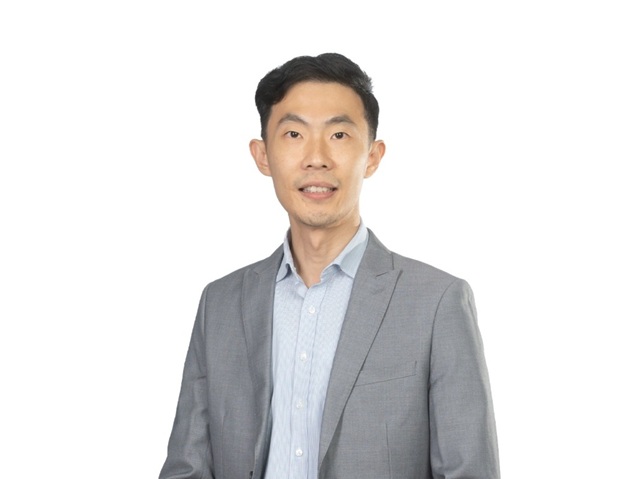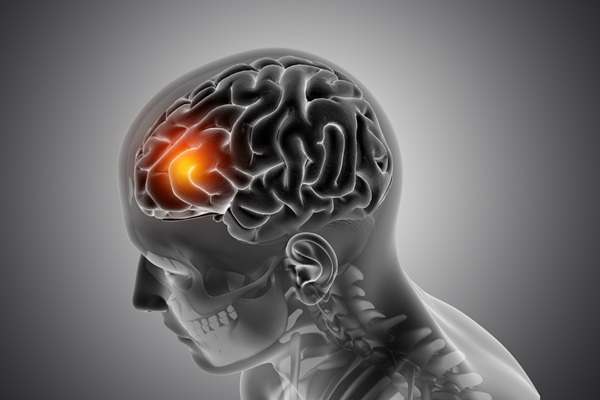Stroke is one of the leading causes of death and long-term disability worldwide. Yet, many people still underestimate its severity or misunderstand its early warning signs.
According to Dr Phua Chun Seng, Consultant Neurologist and Physician at Subang Jaya Medical Centre (SJMC), stroke is not a condition that affects only older adults. It is also not a sudden, unpredictable event. Instead, it develops over time due to multiple risk factors.
“Stroke incidence has been rising, and more strikingly, it’s affecting younger people,” he says. “We are increasingly seeing patients in their 40s and 50s. This trend is linked to the earlier onset of chronic diseases and the widespread adoption of unhealthy lifestyles.”

Dr Phua Chun Seng
The Danger of Painless Symptoms: Recognising Early Stroke Warning Signs
Despite widespread public education, many people still misinterpret stroke symptoms.
“Unlike a heart attack, stroke is not painful,” Dr Phua explains. “Many people feel slightly unwell and assume they just need rest. But this often causes them to miss the golden treatment window. We have only 4.5 hours for the golden treatment after a stroke. Every minute of delay kills nearly 1.9 million brain cells.”
Stroke happens when a blood vessel in the brain becomes blocked or ruptures, damaging the Central nervous system. Because nerve tissues lack pain receptors, most stroke patients—especially those with ischaemic stroke—do not feel intense pain.
Dr Phua urges the public: “If your body suddenly feels ‘not right’—even without pain—suspect a stroke and seek emergency care immediately.”
Recognising the symptoms early is the key to protecting brain function and long-term quality of life. Public awareness campaigns and stroke education using the F.A.S.T. mnemonic remain essential tools in stroke prevention:
- Face: Check whether the facial expression is asymmetrical or if one side of the mouth is drooping.
- Arms: Raise both arms for 10 seconds to see if one arm appears weak or drifts downward.
- Speech: Assess whether speech is clear. Ask the person to say a simple sentence and observe for slurred speech or difficulty speaking.
- Time: If any of these symptoms appear, call 999 immediately or contact the nearest emergency department.

Urgent Action Saves Lives: Hospital-Based Stroke Treatment
Stroke treatment is a race against time. The most critical step is to reach the hospital as quickly as possible.
At the hospital, the first and most important step is an urgent CT or MRI brain scan to determine the type of stroke:
- Ischaemic stroke – caused by a blocked blood vessel (Approx. 80% of all cases)
- Haemorrhagic stroke – caused by a ruptured blood vessel (Approx. 20% of all cases)
A brain scan is the only way to clearly reveal what is happening inside the brain, and determining the type of stroke is essential before the correct treatment can begin.
Ischaemic Stroke Treatment: Clearing the Blockage
Ischaemic stroke, caused by blocked blood vessels, is the most common type. For its treatment, the priority is thrombolysis—a clot-busting medication that dissolves the blockage and restores blood flow.
“Internationally, newer thrombolytic medications are becoming available,” says Dr. Phua. “There is also growing evidence that the treatment window may extend from 4.5 hours to 6 hours.”
Haemorrhagic Stroke Treatment: Stopping the Bleeding
Haemorrhagic stroke (bleeding in the brain) requires a different approach. Treatment focuses on rapid blood pressure control, bleeding management, and surgical intervention in severe cases. Using clot-busting drugs incorrectly in a haemorrhagic stroke can be life-threatening, which is why rapid and accurate diagnosis is critical.
Mini-Stroke (TIA): A Major Warning Sign
Transient Ischaemic Attack (TIA), commonly known as a “mini-stroke,” occurs when blood flow to a part of the brain is briefly interrupted. Although symptoms last only minutes, the risk of a full, devastating stroke after a TIA is significantly higher. Immediate medical attention is essential for TIA patients.

Stroke Rehabilitation: Regaining Independence After a Stroke
“Beyond thrombolysis and surgery, stroke rehabilitation is equally crucial,” emphasises Dr Phua. Stroke treatment requires a coordinated, multidisciplinary approach. Research shows that structured stroke rehabilitation significantly lowers disability rates and improves patient independence.
Early rehabilitation—ideally during the “golden recovery period”—is one of the most effective strategies for improving functional outcomes.
Common rehabilitation components include:
- Physiotherapy: Improving gait, mobility, strengthening muscles, and enhancing coordination.
- Occupational Therapy: Training upper limb function, posture/balance control, and relearning daily tasks.
- Speech Therapy: Addressing stroke-related swallowing difficulties, slurred speech, and aphasia.
Why Multidisciplinary Stroke Care at SJMC Matters
Stroke affects not only physical function but also emotional, nutritional, and psychological well-being. A multidisciplinary stroke care team ensures patients receive comprehensive, one-stop, person-centred care across all stages of recovery.
A typical SJMC stroke care team includes:
- Neurologists / Neurosurgeons: Managing overall treatment and medical risks.
- Rehabilitation Specialists: Designing personalised recovery plans.
- Physiotherapists, Occupational Therapists, Speech Therapists: Frontline rehabilitation providers.
- Dietitians / Nutritionists: Creating safe and nutritious meal plans.
- Clinical Psychologists / Psychiatrists: Supporting emotional recovery and mental health.

Early rehabilitation is one of the most effective strategies for improving functional outcomes.
Looking Ahead: The Future of Stroke Treatment and Personalised Care
Dr Phua believes stroke care will continue to move towards more personalised treatment approaches. Although regenerative medicine and precision medicine are still emerging fields, they hold significant promise for future stroke therapy.
Take the Next Step
Worried about stroke risk factors or need expert consultation? Book an appointment with a specialist at Subang Jaya Medical Centre (SJMC) today.
Source: China Press
